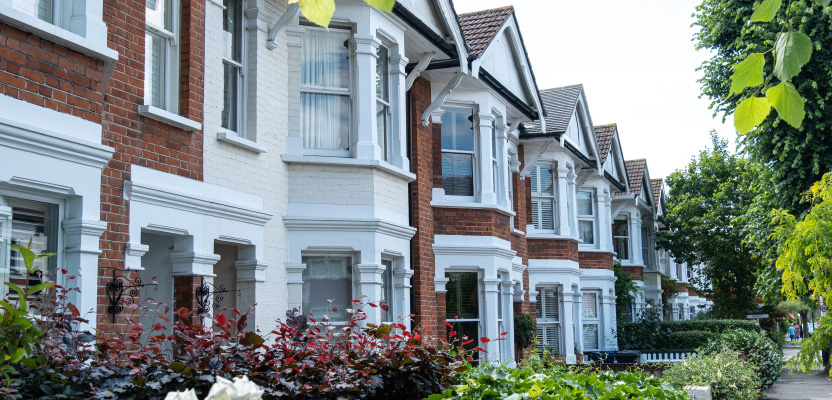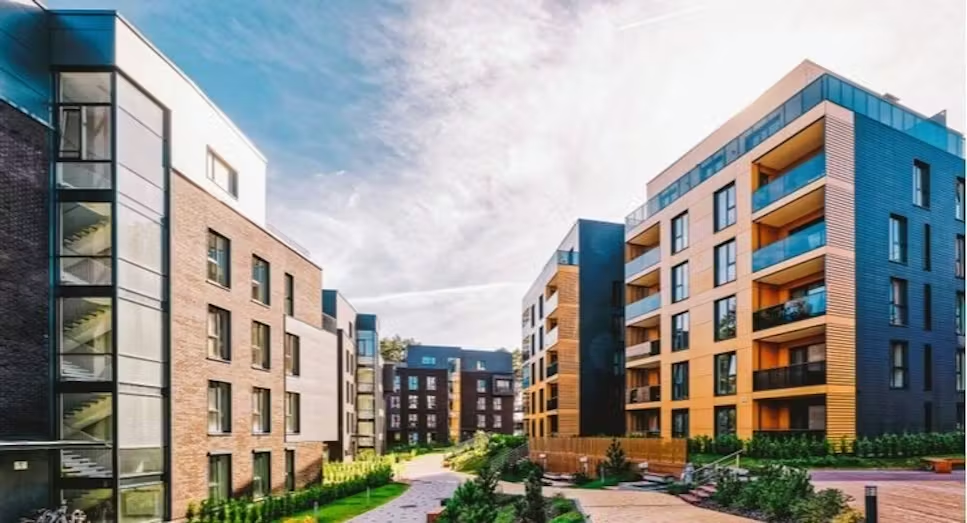Lease Reversion on London Apartments – A Comprehensive Guide
Introduction
Lease reversion is a critical concept in the London property market, particularly for leasehold apartments. This comprehensive guide will explore the process of lease reversion, its legal framework, cost factors, calculation methods, and typical costs leaseholders should expect to pay. Understanding these aspects is crucial for both current and prospective leaseholders in London’s dynamic real estate market.

Understanding Lease Reversion
Lease reversion refers to the process where the ownership of a property reverts back to the freeholder (landlord) at the end of a lease term. In the context of London apartments, where leasehold properties are common, this concept is particularly significant practicallaw. The reversionary interest, which the landlord retains until the lease expires, determines the future control and potential value of the property once the current lease term ends. Most apartments in London are sold on a leasehold basis, meaning the buyer owns the property for the duration of the lease term, typically ranging from 99 to 999 years. Once the lease expires, the leaseholder loses all rights to the property, and it reverts to the freeholder. This structure necessitates a clear understanding of lease reversion, as it affects the long-term value and control of the property.
what-happens-leasehold-ends#:~:text=As%20a%20leaseholder%2C%20what,999%20years%2C%20in%20return
Legal Framework
The legal framework governing lease reversions in London is primarily based on the Leasehold Reform, Housing and Urban Development Act 1993. This Act provides leaseholders with certain rights, including the ability to extend their lease or purchase the freehold, which can prevent the reversion process if acted upon in time. Recent legislative changes have significantly impacted the landscape of lease reversions in London. The Leasehold and Freehold Reform Act 2024 introduced several key provisions aimed at benefiting leaseholders:
- Increasing the standard lease extension from 90 years to 990 years, significantly reducing the risk of lease reversion
- Abolishing the ‘marriage value,’ a premium payable when extending a lease with less than 80 years remaining.
- Removing the requirement for a leaseholder to have owned their property for two years before they can extend their lease.
Additionally, the Leasehold Reform (Ground Rent) Act 2022 abolished ground rents for new leases, although it did not address existing leases. The 2024 reforms also focused on increasing transparency over service charges and limiting the fees landlords can charge for sales packs when leaseholders want to sell their home.
Factors Influencing the Cost of Lease Reversion
Several factors influence the cost of lease reversion for London apartments:
- Length of the Remaining Lease Term: Generally, the shorter the remaining lease term, the higher the cost to extend it. This is because the value of the lease decreases as it approaches expiration.
- Ground Rent: The present value of future ground rent payments is a component of the lease extension premium. High ground rents can increase the overall cost of lease reversion.
- Reversionary Value: This is the value of the property at the end of the lease when ownership reverts to the landlord. It is influenced by the property’s current market value and the expected increase in value if it were freehold rather than leasehold.
- Marriage Value: For leases with less than 80 years remaining, the leaseholder is required to share the marriage value with the freeholder. This can significantly affect the cost of lease reversion, although recent reforms have abolished this requirement.
- Property Market Conditions: The overall property market conditions in London, including demand and supply dynamics, can influence the cost of lease reversion.
- Location and Property Type: The location of the property within London and the type of property can affect the cost. Properties in prime locations or those with unique characteristics may have higher reversionary values.
- Legal and Regulatory Changes: Recent changes in the legal framework governing lease extensions and reversions can impact costs.
Methods for Calculating Lease Reversion Costs
Several methods are used to calculate lease reversion costs:
- Present Value Calculations: This method involves determining the present value of the future reversionary interest. It estimates the future value of the property at the end of the lease term and discounts it back to the present using an appropriate discount rate.
- Hedonic Pricing Models: These models estimate the value of leasehold properties by considering various attributes of the property and the lease. This method helps in understanding how different factors contribute to the overall value of the leasehold.
- Bucket Method: This involves dividing leasehold properties into groups based on lease length and estimating price effects for each group. This method can help in understanding how lease length impacts the reversion value.
- Discounted Cash Flow (DCF) Analysis: This comprehensive approach involves projecting the future cash flows from the property and discounting them to the present value, considering rental growth rates and discount rates.
Typical Costs and Expectations for Leaseholders
While specific data on average lease reversion costs in London is not readily available, leaseholders should be aware of several financial implications:
- Lease Extension Costs: The cost of extending a lease can vary significantly based on the factors mentioned earlier. Leaseholders should expect to pay for the diminution in the landlord’s asset, which includes the ground rent and reversion value.
- Professional Fees: Engaging surveyors, solicitors, and possibly valuers is often necessary, adding to the overall cost of the process.
- Market Trends Impact: The divergence of house prices and rents in prime London areas suggests that market dynamics can significantly influence lease reversion costs.
- Local Income and House Prices: The London Living Rent initiative, which derives rent levels from average local incomes and ward-level house prices, can provide a baseline for understanding the economic context in which lease reversion costs are calculated.
- Cost of Living Considerations: The high cost of living and renting in London, as evidenced by the “Cost of Rent Day” concept, can indirectly affect lease reversion costs.

Conclusion
Lease reversion is a complex but crucial aspect of property ownership for London apartment leaseholders. The recent legal reforms have significantly improved the position of leaseholders, offering greater security and control over their properties. By understanding the process, legal framework, cost factors, and calculation methods, leaseholders can make informed decisions about extending their leases or pursuing enfranchisement. It is essential for leaseholders to stay informed about their rights and options, engage with professional advisors when necessary, and plan ahead to manage the financial implications of lease reversion effectively. As the London property market continues to evolve, staying abreast of legal changes and market trends will be crucial for navigating the complexities of leasehold ownership.


